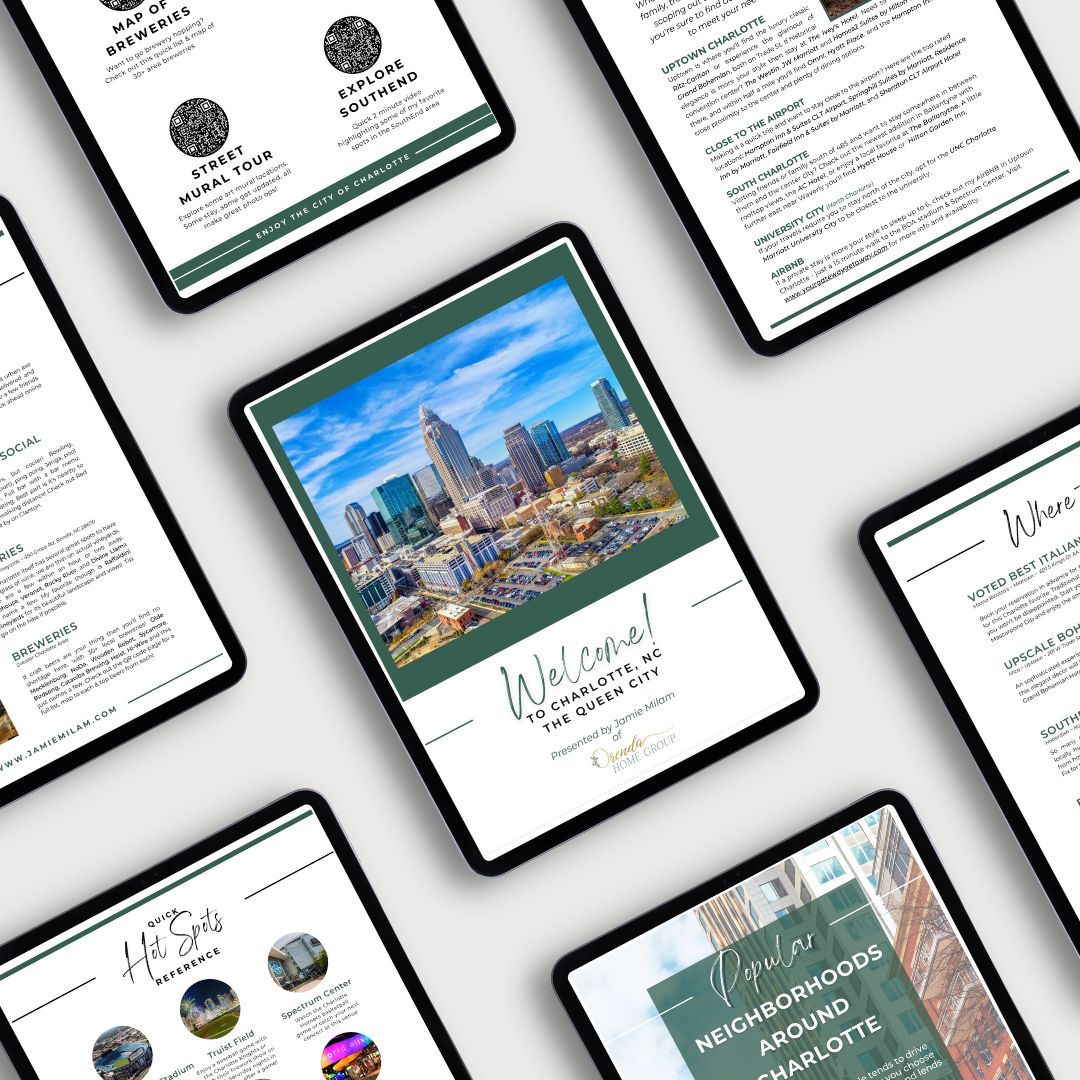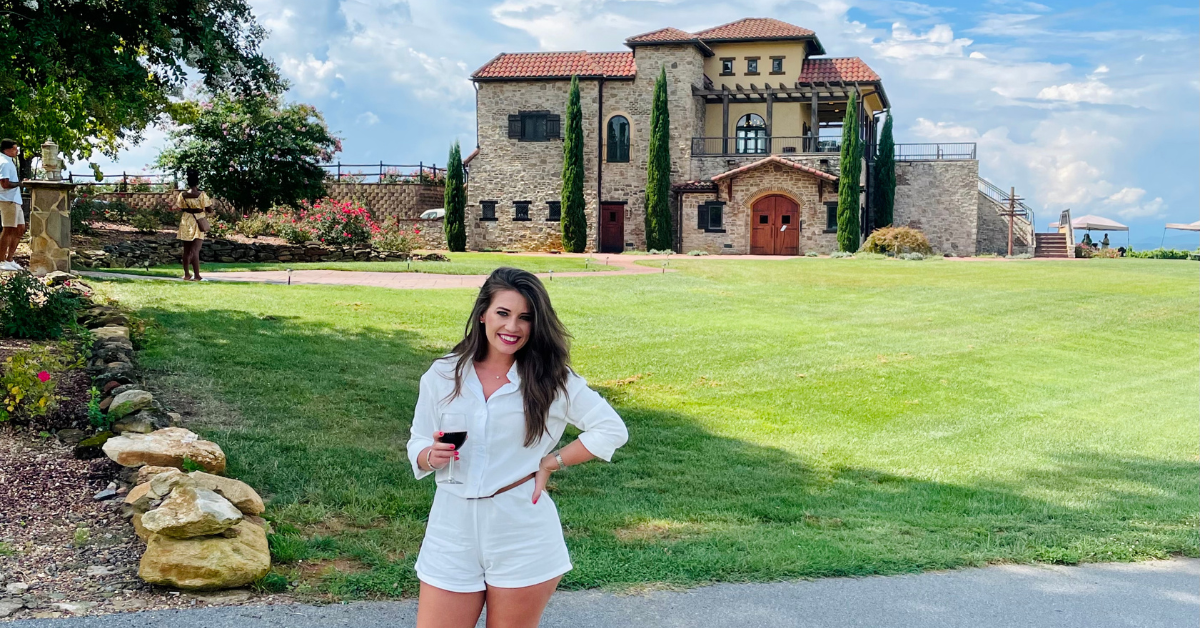THE BLOG
THE BLOG
*This website uses affiliate links which may earn a commission at no additional cost to you. As an Amazon addict and Associate, I earn from qualifying purchases, but I'm only recommending products I love!
Browse More Blog Posts:
The 3 C’s of Communication that Enhance Any Relationship
Our life experiences affect the way we see and interpret things differently from one another.
Imagine this: you’re sitting at a bistro outside, enjoying a croissant and a coffee with a friend or a spouse. Across the street you both notice a beautiful woman walking down the street past a coffee shop. Sitting at one of the outdoor tables is a man reading the newspaper. As the woman approaches and eventually continues pass the coffee shop you both notice the man lower his paper and intently watch the woman, taking in all of the details of her demeanor, her clothing, and her appearances. As you are watching this scene play out you may conclude that he is checking her out, maybe infatuated, as if it could be love at first sight for him. Or you may conclude that he is a creep who clearly doesn’t respect women and is just objectifying her. Or you may even conclude that he could be contemplating capturing her for rape or sex trafficking. Each of these conclusions are something that you make in an instant. Yes, there may be other cues that could further give indication for any one of those, but for a moment, let’s stick with these basic observations. The conclusion that you come to in that instant is largely influenced by your own past life experiences, or stories by loved ones, or even the books you read, podcasts you listen to or the shows you watch most frequently. There’s also a very good chance that the person you are with, who witnessed the same scene, interpreted it differently than you.
This could even happen if you were watching a movie scene in the theater. Had that scene played out in a theater you may have had additional cues, such as music, camera angles, lighting and focus that support the projection the director wants you to assume. In the movie the camera may have been first following the woman walking and then the camera lens switches over to focus in on the man and offers a look at her from his perspective, in which you observe him taking her in so intensely. But it isn’t until you continue to watch the movie and follow it to see how it plays out to learn the true intention behind that man intently watching her. That’s because the director is continuing to communicate with you. And you sat to watch the rest of the movie out of curiosity to learn both perspectives of the man and the woman.
So if we are able to recognize that two people watching the same scene play out could interpret it differently and that it takes curiosity to see how it plays out, why don’t we apply that to our every day communication with those in our lives.
When we experience frustrations in our relationships (work, social, family or intimate) most of us tend to form a natural assumption as to the meaning behind the behavior of the person who has frustrated us. Notice I said a natural assumption. It’s natural due to our own life experiences, and even our childhood traumas.
In long term relationships I think we tend to avoid conversations around little things because we tell ourselves to pick our battles, that life/marriage is about compromise, to let the little things go. But I now believe it’s all of those little avoidances that train us to avoid the bigger ones too. Then they pile up. We continue to paint the scenes to the movie in our head and it’s all one-sided. We are the director and we are projecting the story only in the way we know it. Eventually we start to create narratives about the other person, or even ourselves, that we start to believe - all because we didn’t take the time to come from curiosity and explore the rest of the scene from the other lens. From my own experience, I think it’s a build up of this avoidance that creates the painful distance in our relationships, that sometimes can feel irreversible. Additionally, we subject ourselves to inner turmoil that could be avoided if we knew how to effectively communicate our feelings and perspective.
It’s due to my experience that I’ve been on a journey with my therapist to learn to be a better communicator. For me, that journey really started with learning to be more in tuned with myself, more self-aware. That is the true first step to effective communication, because without that you may find it hard to express your needs, your goals, your boundaries and to be able to comfort yourself throughout the dialogue. Admittedly, I recently found myself fully aware of what I was feeling, what it was exactly that was bothering me from another person, and yet was feeling as if the dynamic didn’t warrant me to express my feelings. I began to paint an internal narrative around the meanings of the behavior, which only supported and deepened the distance I was already feeling. And you may have heard it before, but what you focus on expands. For me, I’ve found that I have a harder time to initiate an uncomfortable conversation until I’ve already found clarity on exactly where I stand and how I feel and what my options are for outcomes or resolutions. And that way of thinking is not the most efficient. Why? Because there are factors that are unknown, namely, the other lens. There’s no denying, I like control. Hell, it’s one of the main reasons why I don’t like being in the ocean. Everything in the ocean is out of my control. But when it comes to relationships - of any kind - the only things I can be in control of is my response and initiating a conversation from curiosity. It’s only then that I can gain clarity of the entire situation to then be able to work towards a solution that feels right. Let’s take a look at those three C’s: curiosity, control and clarity.
Curiosity
I truly think the first step in effective communication derives from the desire to come from curiosity. If you aren’t willing to acknowledge that we all come from different upbringings and have different life experiences that influence how we behave then you may continue to find struggles in communication. We cannot expect everyone to show up in relationships exactly the way we do. No doubt, we can certainly identify traits that we need for specific relationships and roles and aim to fill them appropriately with individuals who exhibit those traits, but that doesn’t mean perfection. Not to mention that life is fluid and hands us stressful situations, in which we may then behave slightly different. We’ve all heard, you never know what someone else is going through. How about adding to that or what they have gone through? When we can acknowledge that someone else’s behavior may actually not have to do with us directly, we are then able to take a healthier approach and show up in a way that demonstrates that we are secure enough in ourselves to put our own ego aside in order to get to the root of it. It’s often likely that the other person didn’t even know they were presenting themselves in a way that was hurtful/upsetting/frustrating to you. What may be a bigger issue for you, due to your past experiences, may have been so unnoticed to them. Initiating a potentially uncomfortable conversation takes bravery and vulnerability. It also provides your own brain a reinforcement that you are willing to take care of yourself. That you are able to acknowledge that a behavior is crossing a boundary for you or not meeting an emotional need. By practicing this with a calm and curious approach, you are training your inner self to rely on your higher self to care for you, therefore a new neuropath signaling that you can depend on yourself to care for your needs. It may even be that you are sensing some animosity and you’re not sure where it’s coming from so rather than avoiding it you may opt to address it sooner than later if it appears to be a lingering behavior. Asking questions helps you each learn more about the others’ position.
Try this phrasing next time you find yourself feeling that a behavior is causing your turmoil or you find yourself assuming their behavior must mean something specific: “The story I’m telling myself is....” When we approach with this phrasing, it effectively communicates that it’s our perspective, not blaming or even assuming there is only one explanation for it. It allows an opportunity for the other person to share their side and allows you to listen with curiosity as well.
The key here is to remember not to assume what someone’s intention was with any particular behavior. We are all at different stages in our lives and some of us may be further along in our self-awareness journey than others. I’ve learned that I approach a lot of things with clear intention and that’s not true of everyone else in my world. That’s okay. Rather than assuming that someone’s behavior must have been intentional, it’s always safer to communicate with curiosity.
Control
The best thing I heard from my marriage counselor was in fact about communication and she said that communication is most effective when you “stay true to yourself and honest with others without throwing blame or shame.” Read that again. Wow. I am here to tell you, it’s a powerful principle. It’s one that breaks down defenses before they even form. The moment you start into a conversation and you throw around “you” statements, the other person can quickly move into a defense mode because they may know it wasn’t their intention and they begin to feel hurt and a power struggle then ensues. Remaining in control of how you even form your sentences is such a significant skill in how you communicate. It sticks to facts. When speaking in “I” statements you are only expressing your side of things rather than assuming what the other party’s intention was. It allows for a full expression of your emotions in a manner that is safe for each of you. Again, the above starting statement of The story I’m telling myself is... is a great example of how you can do this. Here are a few other examples:
I felt ignored the other day when I wasn’t introduced to everyone at the event. *enter full pause here and allow the other person to respond.
When ______ happened, it caught me off guard/ made me feel ____, so I wanted to check in with you to see what your intention was when you did _____?
I am sensing _______, is everything okay?
I noticed all of the paperwork didn’t get completed by the deadline. I’m interested in hearing what happened.
When you are able to speak in a manner that approaches the dialogue with curiosity to learn more about the other person’s perspective, you open up a safer line of communication with a higher chance of compromise or understanding. It’s important to begin your dialogue with a calm tonality. We all know it’s not only what you say, but how you say it.
Clarity
Clarity is the goal with any sort of confrontational communication. It’s my belief that we do not yet gain clarity until we are able to approach a conversation with both control and curiosity. When we’ve effectively asked questions in a non-shaming or blaming format, we are able to gather information from both perspectives and then piece together the entire picture to then form a full understanding. Often times you may need to gain a deeper understanding of their initial response. Sometimes their initial response may come out vague or generalized. If you find yourself noticing that you’re confused or still unclear, ask furthering questions like “Can you tell me what that means to you?” One that I lean toward often is “Tell me more about that.” Again, we all have different backgrounds that can lead to a different interpretation.
If someone says in response to the above paperwork question, “I don’t know, I just didn’t get to it” you may want to respond with “Tell me more about that; what exactly prevented it from getting accomplished?“ Until you know exactly what things got in the way, you wouldn’t know where to begin in setting new expectations or accountability measures in order to correct the behavior.
Sometimes you may need to be the one to provide further clarity on what your needs are so the other knows exactly how to meet them. This could simply be added on from the initial statement and you may even find that it simplifies the dialogue with such clear and concise verbalization. I felt ignored the other day when I wasn’t introduced to everyone at the event. It would mean a lot to me if I didn’t have to interject my own introduction and instead it come from you.
As much as technology has advanced, the last time I checked we as humans still are not mind readers. That’s a two-way street. So if you want another person to meet a need in a specific way, then be clear with your expectations. For some, it may be best to keep your statements to 1-2 sentences to make sure they are following along and absorbing the information. Ask them to mirror back to you what they heard just to make sure you’re on the same page. If you’re on the receiving end in a professional setting, that simply sounds like, “To make sure I understand you correctly, you’d like me to…..” The bonus tip in your personal relationships would sound like, “If I understand you correctly, it makes you feel ____ when I _____, which I certainly didn’t intend to make you feel and I apologize for that. Going forward, it’d mean a lot to you if I _______. Is that correct?” These sorts of responses help make the other person feel heard and important enough that you truly listened.
I whole heartedly believe that awareness is the key to any change in ourselves and in the world. It begins with your ability to be open to self-reflection, mindset shifts, and openly accepting feedback and suggestions. When we practice these things, we can truly begin to practice better ways of communication. Remember, your perception is your reality. Seeing both sides of the movie is necessary for clarity and understanding. What is the story you’re telling yourself and are you willing to step into vulnerability to gain clarity before making any decisions or assumptions out of turmoil?
I’d love to hear from you below in the comments: what are your favorite statements, questions or exercises you use to promote healthy communication?
Share your insights and let's learn from one another’s stories.
Growing with You,
Jamie
Save this post to come back to or share with a friend!

About Me
I'm Jamie Milam, a determined AF woman who's embraced life after divorce by finding peace through self-awareness, intentional decision-making, and thrilling new travel adventures.
As a Realtor® in Charlotte, NC (and your connection to top agents nationwide), I’m passionate about guiding you through your homeownership and design goals—while also helping you create space for the things you love. My mission is to empower you to create a life of alignment too - at home, abroad, and within.
Whether it’s through real estate tips, home design inspiration, or solo travel experiences for divorced, independent women, I hope this space encourages you to discover deeper self-awareness and build a life that aligns with your passions and needs.
Have you scoped the podcast series that empowers women to make aligned decisions in a divorce?

Your Free Charlotte City Guide

Jamie Milam is a Realtor® in the Charlotte, NC area, licensed in both NC & SC, and has the ability to refer you to a number of agent partners across the nation, regardless of where you may live. She is an enthusiast for the power of awareness and believes it can be used in all facets of life to support aligned living.
**Disclosure** This post may contain affiliate links and they are at no additional cost to you, though I may earn a small commission. Don't worry, I only recommend products or services that I have tried or believe would be of great value to you! All opinions expressed are those of my own!
Recent Posts
There's More ▾
There's More ▾
Let me share the goods!
Come from contribution, that's a motto I've valued for years! So... that's exactly what I am to provide you, straight into your inbox each week! No fluff and all open-book. Inspiring you to practice awareness, value your authentic self, and implement strategic actions so you can create alignment in your world to live the life you desire and deserve!









